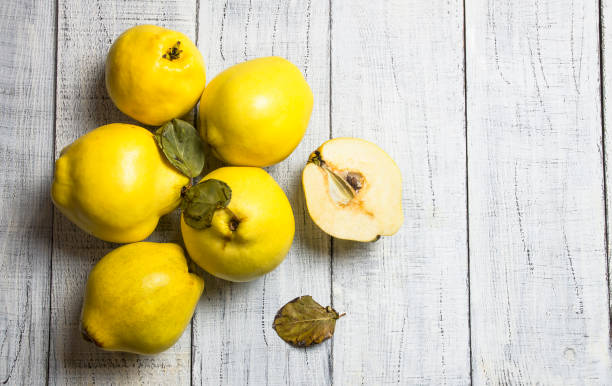
Cydonia Pictures, Images and Stock Photos
Browse 2,100+ cydonia stock photos and images available, or start a new search to explore more stock photos and images.

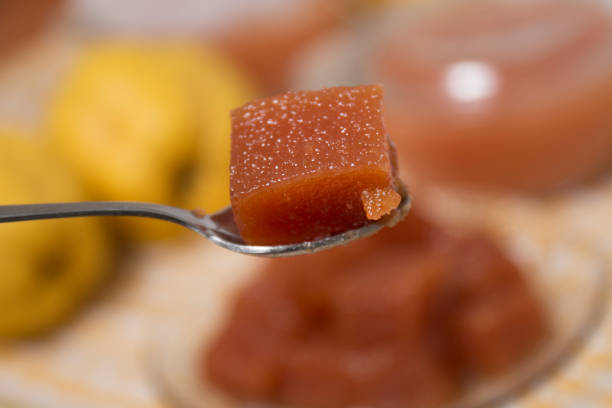
Close up of traditional quince jam homemade with natural ingredients.

Syrup of japanese quince on fresh fruits background over dark wooden table.

Vector illustration, quince fruit or Cydonia oblonga, isolated on white background.

Kumquat with leaf on a white background

Antique illustration of an Quince. Koehler: Medicinal Pflanzen, Deutchland (1887)
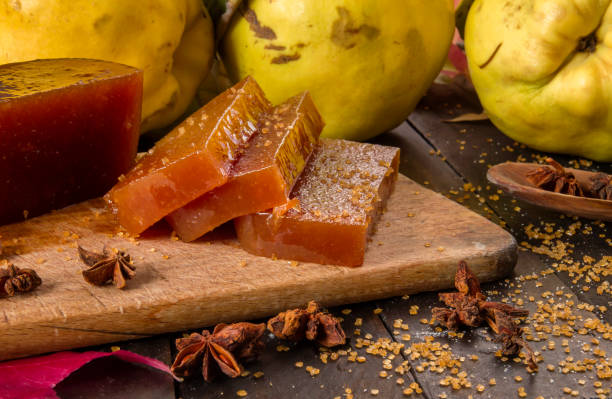
Homemade quince candy slices and raw fruits on rustic wooden table
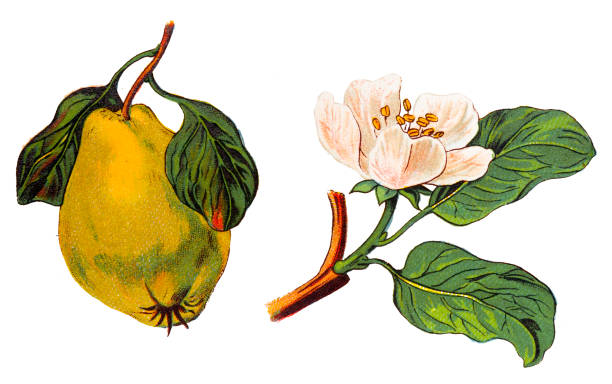
Illustration of a Quince ,cydonia vulgaris
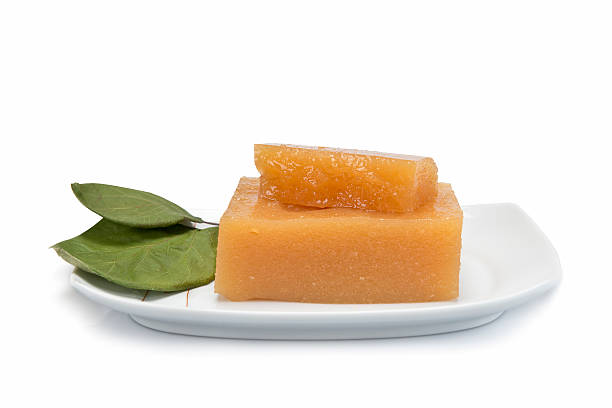
Still life with quinces and homemade quince cheese
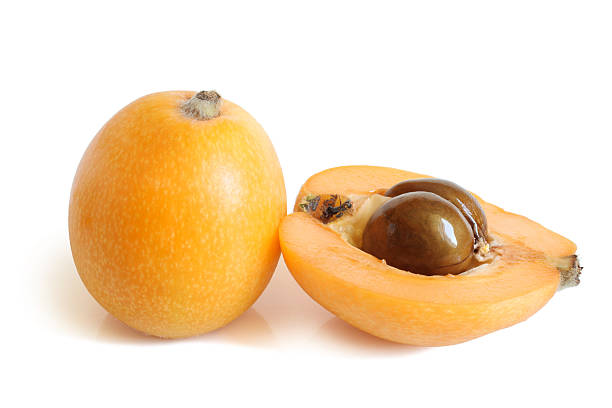
Loquat medlar on a white background
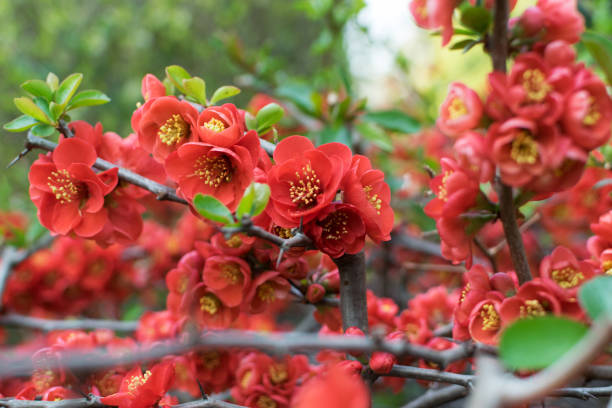
Lush Red flowers of Cydonia or Chaenomeles Japonica close up. Blooming Superba bush or scarlet flowering scrub with thorns in spring garden
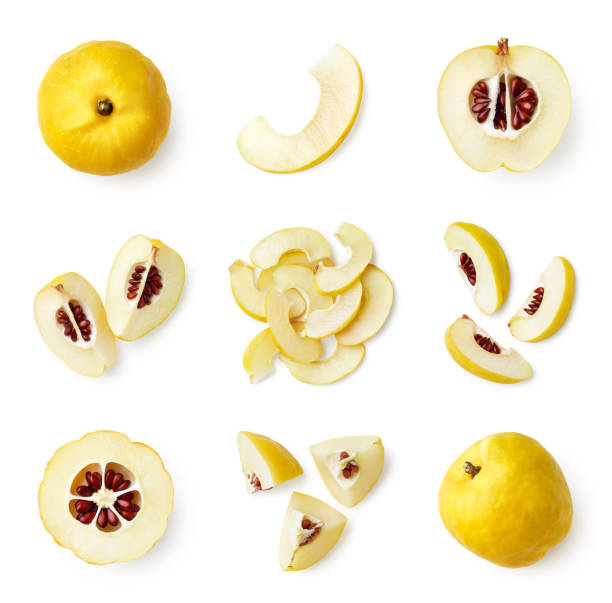
Set of fresh whole and sliced quinces isolated on white background, top view

One quince with a half isolated on white background raw yellow
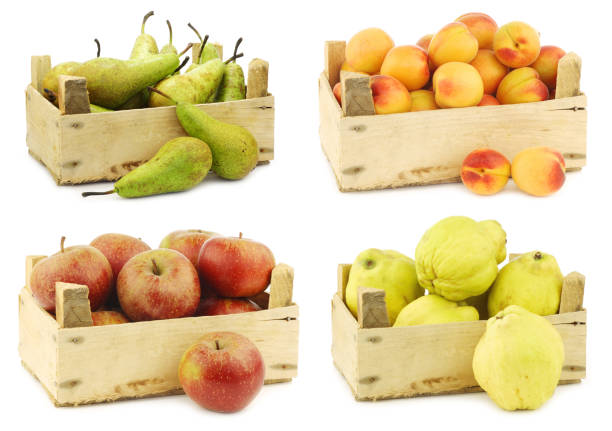
Fresh pears, apricots, traditional Dutch apples called "goudrenet" and a cut one used for making apple pie and fresh quince fruit "Cydonia oblonga" in a wooden crate on a white background

Quince; Cydonia; Oblonga is a deciduous tree with a crooked stem and broad crown that bears edible fruit.

The fruits of quince are used to make jam, jelly and in the manufacture of wine.
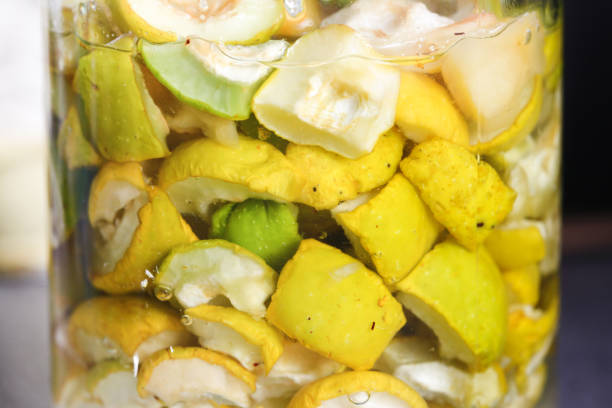
Quince tincture production. Homemade fruit alcohol.
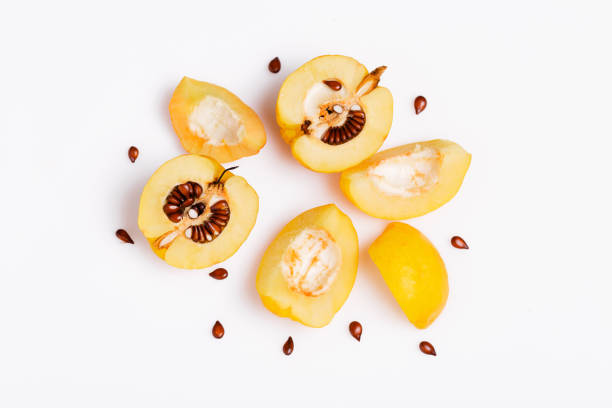
Ripe Quince, Cydonia oblonga fruit on white background, organic food
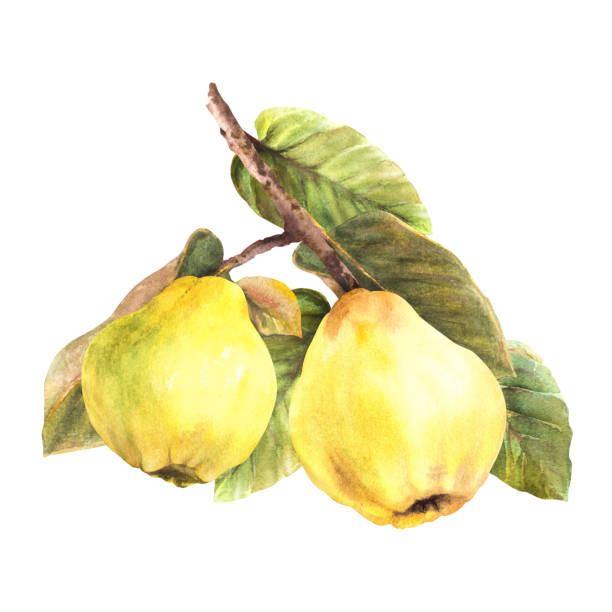
Hand painted watercolor yellow quince whole fruits with leaves hanging on a branch, trees. Clipart illustration for your sticker, logo, food or drink label print design. Isolated on white background.
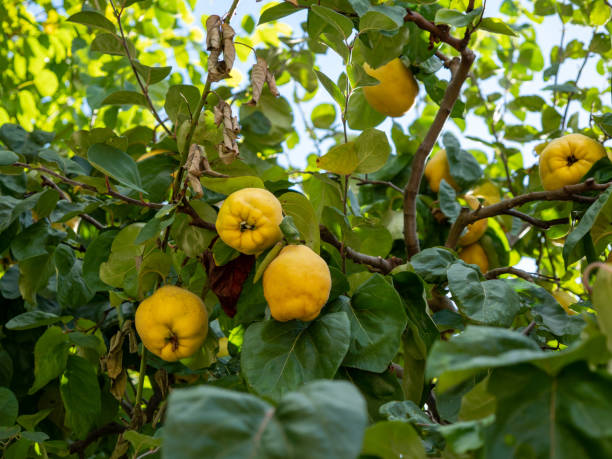
Quince Cydonia oblonga ripens on a tree, fruits hang on tree branches in a park. Close-up.

Close up of traditional quince jam homemade with natural ingredients.

Still life with quinces and homemade quince cheese
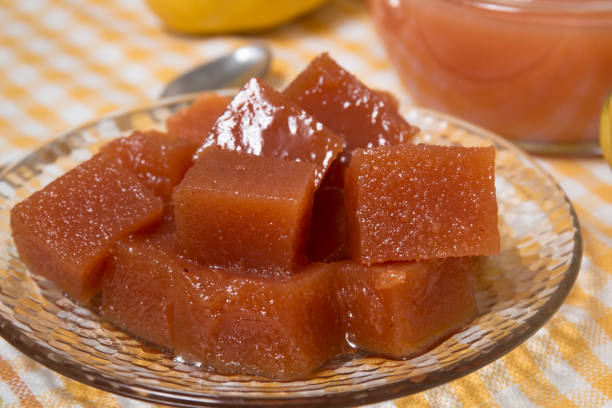
Close up of traditional quince jam homemade with natural ingredients.

carbonated drink with syrup of japanese quince on fresh quince fruits background over dark wooden table
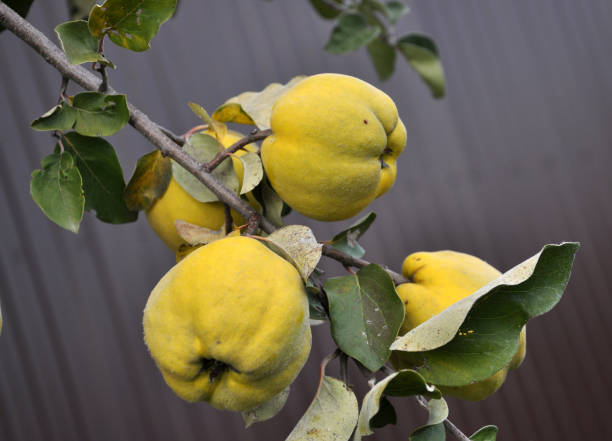
On the quince branch yellow ripe fruits

Flowers of Japanese quince (Chaenomeles japonica).

Ripening fruit of quince (Cydonia oblonga) in the garden
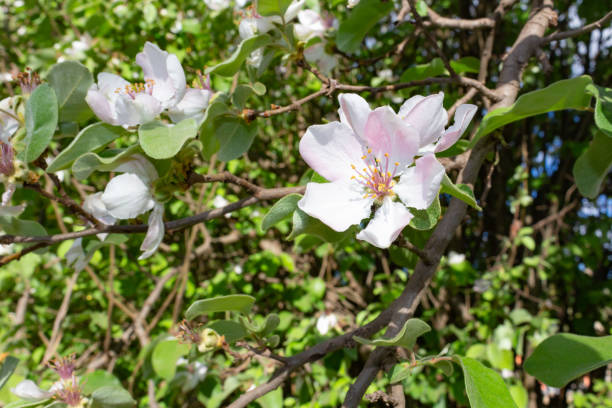
detail of the white quince flower in spring

sweet quinces with leaves and slice on white with a clipping path.
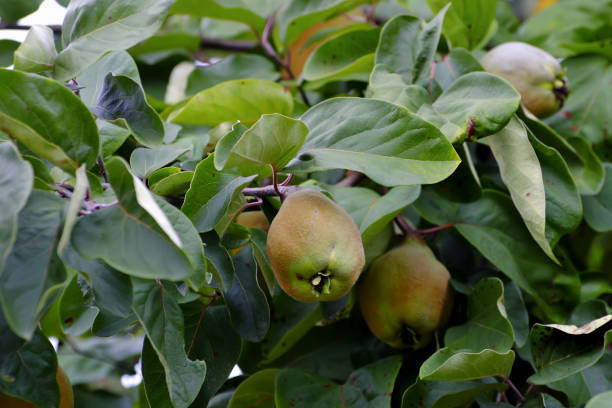
The original homeland is in the Eastern Caucasus and Transcaucasus. Populations in Turkey, Iran, Turkmenistan, Syria, and Afghanistan may have resulted from long ago human dispersal. The first evidence of cultivated quince from the Caucasus dates back 4000 years, in Greece it is found from 600 BC, with the Romans from 200 BC. In Central Europe, it has been cultivated only since the 9th century, as a heat-loving plant there preferably in wine-growing areas. Quince seeds are used as a remedy for cracked skin, chapped lips, sore nipples, burns, bedsores and hemorrhoids.

Close-up of Cydonia or Chaenomeles japonica bush withl pink flowers covered by raindrops. Japanese quince in bloom on springtime

Cydonia oblonga flower close up
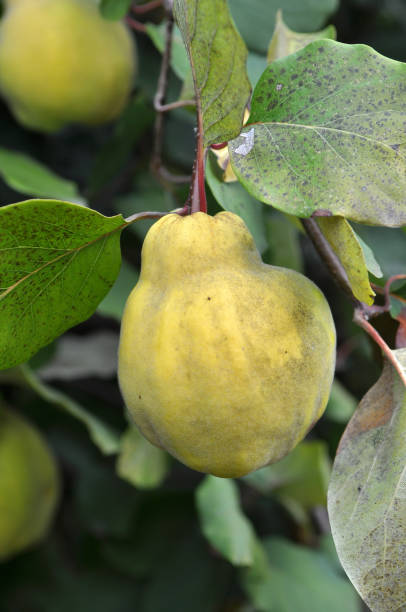
Quince (Cydonia oblonga) fruits ripen on the branch of the bush
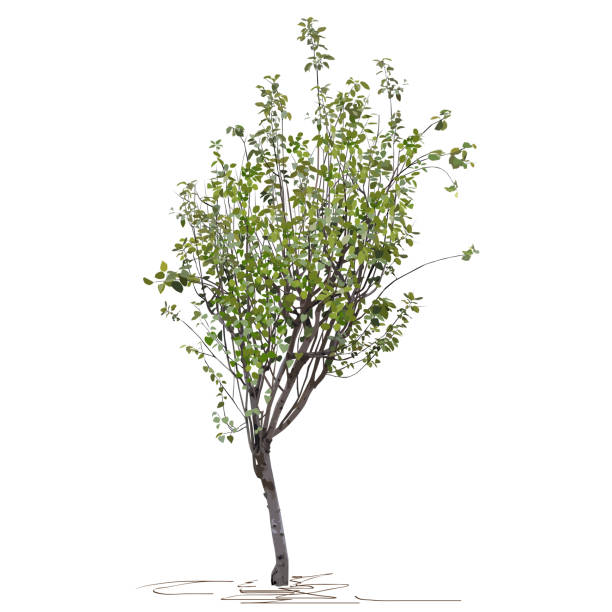
Young tree quince ordinary (Cydonia oblonga L.), autumn, after fruit harvesting, colored vector image on white background
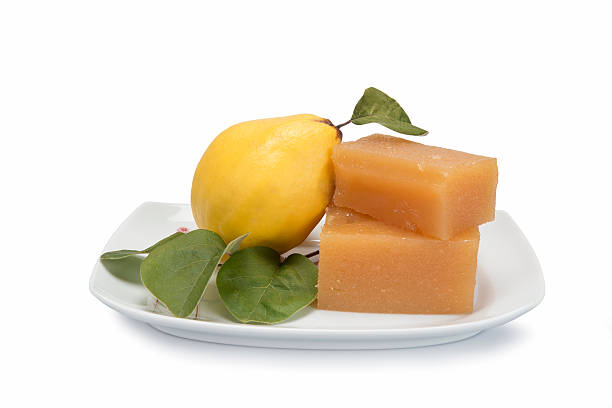
Still life with quinces and homemade quince cheese
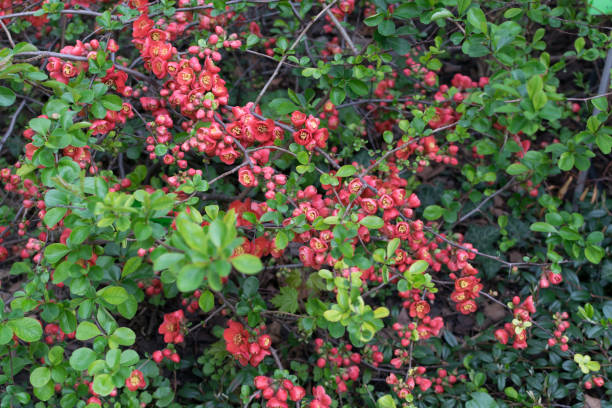
Lush Red flowers of Cydonia or Chaenomeles Japonica close up. Blooming Superba bush in spring garden























